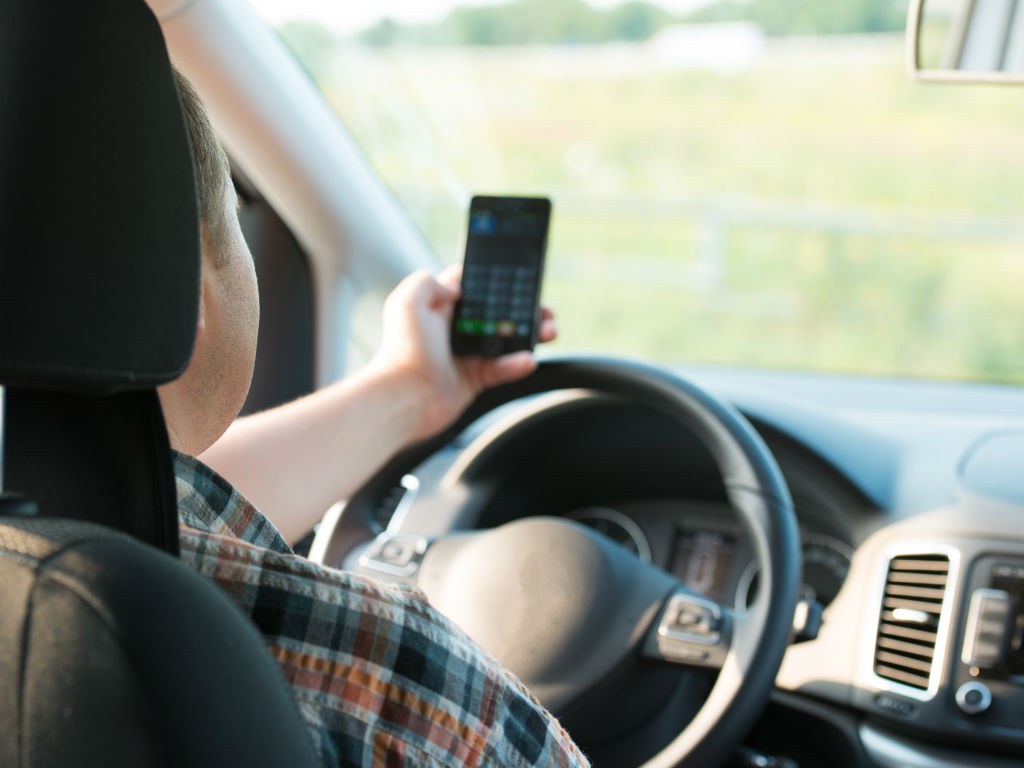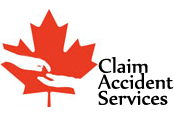
One of the most important aspects of safe driving for all motorists is to be fully focused on and avoid distractions. Nowadays distracted driving is became one of the major factors which cause car accidents in Toronto, GTA and the entire Canada, increase the number of fatal crashes.
Moreover, numerous studies conducted by different companies and organizations clearly demonstrate that all these negative effects are much higher among young or new drivers.
For example, Canadians from 16 to 24 years old were more likely to have maneuvered or suddenly braked in order to avoid an accident because of in-car distraction, stated in report done by the Traffic Injury Research Foundation.
IBC study done back in 2007, revealed that young drivers (aged 21 and under) with less than half a year of driving experience, had more auto collisions, tend to drive faster and tailgated the car in front, while using their gadgets, comparing to more experienced drivers (10 and more years’ experience). Experienced drivers also slowed down when using their cell phone, while amateur drivers kept the same speed.
Ford Motor Company compared reactions of young drivers and adults in the situation of driving and using a mobile device. Teens failed to keep a safe distance, participants, demonstrated lack of control over their vehicles and were more affected by distraction from interacting with their gadgets. During simulation, distraction made adult drivers to miss potentially dangerous situations (e.g. quick lane changing in front of them) in 13% more situations, while for teen drivers this rate grew to 50%.
[separator style_type=”shadow” top_margin=”” bottom_margin=”30″ sep_color=”” icon=”” width=””]
What is distracted driving
As per definition given by RCMP:
Distracted driving is a form of impaired driving as a driver’s judgment is compromised when they are not fully focused on the road. Distracted driving qualifies as talking on a cell phone, texting, reading (e.g. books, maps, and newspapers), using a GPS, watching videos or movies, eating/drinking, smoking, personal grooming, adjusting the radio/CD and playing extremely loud music. Even talking to passengers and driving while fatigued (mentally and/or physically) can be forms of distracted driving.
Main negative effects of distracted driving are:
- Much slower reaction
- Failure to recognize dangerous situations
- And as a result – personal injuries for yourself, passengers, people in other vehicles
[separator style_type=”shadow” top_margin=”” bottom_margin=”30″ sep_color=”” icon=”” width=””]
What are the risks?
Virginia Tech Transportation Institute (VTTI) have examined risk of being involved in a ‘safety critical event (SCE)’ – a motor vehicle accident or close to it, when using mobile gadgets. During the research, they compared performance of passenger car drivers and drivers of heavy vehicles (e.g. trucks) and obtained the following results:
- For passenger car drivers: the highest risk of all mobile-device related tasks comes from dialing and texting. Their risk of being in an SCE increased by 280% comparing to the situation when they had been focused on the road.
For truck drivers the situation is even worse: dialing a cell phone increases the risk by 590% risk while texting or typing by tremendous 2320%! - Reaching for a mobile gadget significantly increases risk of a car accident: by 40% for passenger car drivers and 670% for truck drivers.
- Distracting for talking or listening is not as dangerous as first two factors are but still have its impact on passenger car drivers (30% increase) and absolutely no impact on truck drivers.
Sunnybrook and Women’s College Health Sciences Centre studied almost 700 drivers who used cell phones while driving in Ontario. The results are intimidating: 400% more risk to get into an auto collision comparing to drivers who stayed focused and avoided talking over the phone. Makes you think, doesn’t it?
[separator style_type=”shadow” top_margin=”” bottom_margin=”30″ sep_color=”” icon=”” width=””]
What is the punishment?
First thing a driver can get for distracted driving is a ticket from the police. Drivers can settle out of court by paying a $225 fine, along with $50 victim fine surcharge and $5 court costs, totalling to the amount of $280. If you received a summon or go to court, you may face a bigger fine of up to $500. Ontario government is about to change this but for now, there are no demerit points for this kind of an offence.
The situation is much more difficult for drivers who endangered other people due to distracted driving. They may be additionally charged with careless driving, getting six demerit points, an up to $2,000 fine and/or six months in jail. Also, in some specific cases, a driver licence may be suspended for up to 2 years, which is indeed really serious. In most serious situations, dangerous driving charges can be applied (which is a criminal offence).
[separator style_type=”shadow” top_margin=”” bottom_margin=”30″ sep_color=”” icon=”” width=””]
How to avoid or minimize distraction when driving?
- Put your mobile devices aside. Use a hands-free set or car phone system to take calls.
- Plan your route before you start moving, especially if you are traveling far. That includes programming your GPS device as well.
- Ask your passengers to not to distract you if you don’t feel comfortable when driving, especially in a dangerous situation or bad weather conditions.
- Everybody like music but it should never distract you from hearing honks, sirens, or somebody braking hard.
- Make sure no objects are unsecured on the dashboard. If they start flying around, it will definitely distract you from driving, stealing seconds from your attention.
- Avoid eating and drinking while driving – it is more pleasant to have a quick meal in a roadside restaurant or cafe, if you are traveling, or wait until you are stopped at a red light if you are on your usual commute.

